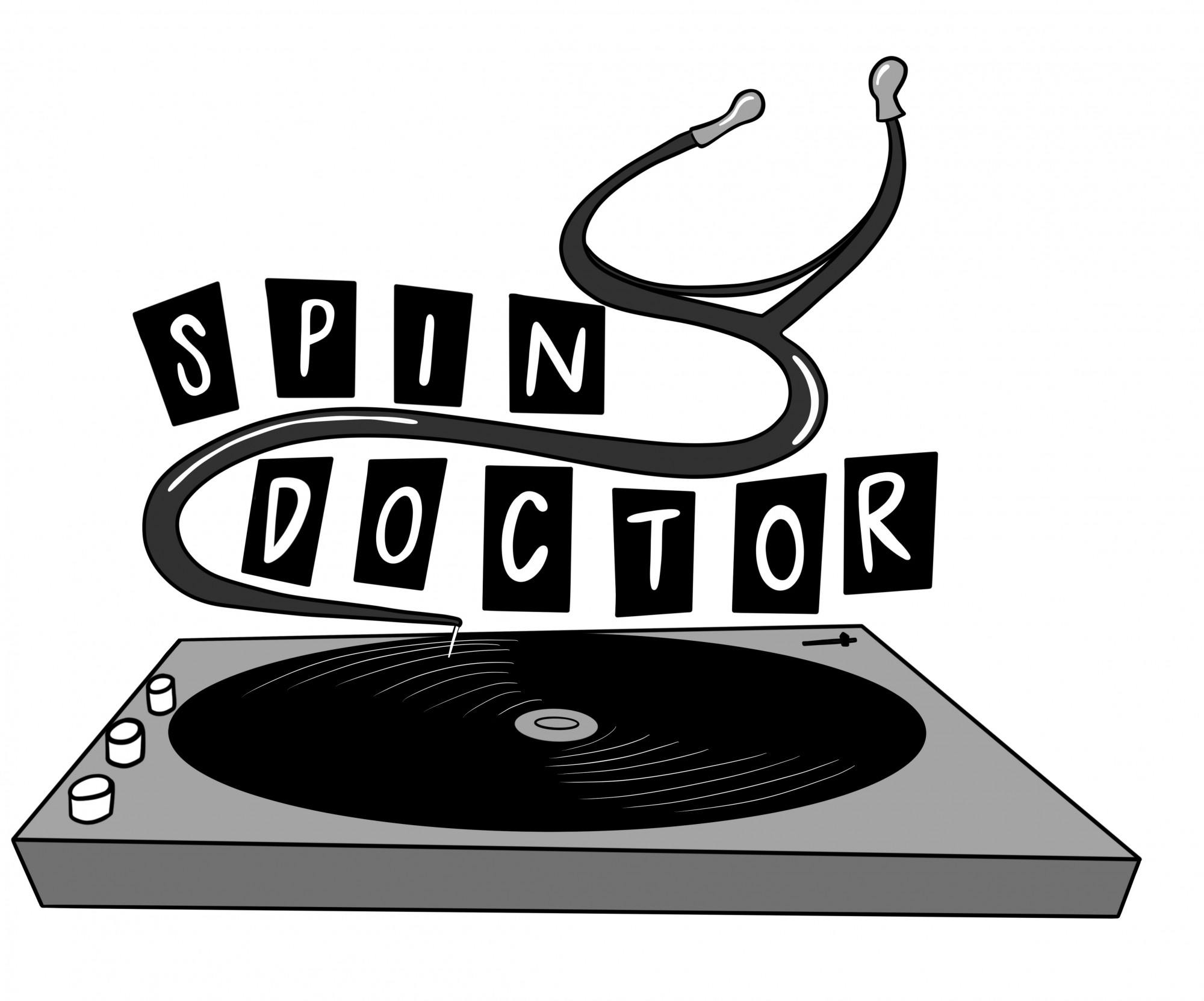
Words may not be able to describe how I feel about Kate Bush, but I can still try. A breakout star in Britain at age 19, Bush made her name with thematically sprawling concept albums and interpretive dance. By age thirty-five, she had abandoned fame and moved to the countryside to live in obscurity (until her 2005 comeback album “Aerial”). I got into her music the summer when I was 17, and I have never stopped listening. Bush has accompanied me through all of the growth and changes I’ve experienced since then, and over the years, I’ve always been able to come back to her songs and find new meaning in them.
Storytelling is at the heart of her songwriting, and Bush is unafraid of delving into unsettling, deeply psychological and occasionally tasteless territory. When trying to think of an appropriate album recommendation for Halloween, 1982’s “The Dreaming” immediately came to mind. With a range of subject matter and themes that include bank robberies, political commentary, bad fake accents, horror movies, critique of the music industry and Harry Houdini, it is hands down Kate Bush’s spookiest album. Weird and wonderful, “The Dreaming” has become true comfort music for me. It even has a song in which half of the lyrics are donkey noises.
“The Dreaming” was entirely self-produced by Bush, a bold move in a pop music industry where women were (and in many cases, still are) marketed as sex symbols before being seen as artists. Frustrated by the lack of agency she’d felt ever since she’d rocketed to stardom as a teen, Bush bought and taught herself to use an early synthesizer and sampler called the Fairlight EMI, one of only a few in existence at the time. The ability to loop pre-recorded instruments and samples allowed Bush to be even more experimental than before, a change immediately felt in album opener “Sat in Your Lap.” Sampled horns and an unsettling rhythm pulse under self-aware lyrics that discuss the human pursuit of knowledge and Bush’s own eagerness to learn. The frenetic energy continues into “There Goes a Tenner,” in which Bush narrates a bank robbery with a truly terrible Cockney accent. The song, which draws on old Hollywood images and tropes, shows off Bush’s facility with singing in character and telling a story as well as her unabashed sense of humor.
Bush’s preference for writing from other perspectives, while one of her greatest strengths, also results in the album’s worst flaws. Tracks like “Pull Out the Pin” and “The Dreaming” (which explore the Vietnam War and environmental exploitation in Australia, respectively), find the singer attempting to comment on thorny political situations by drawing on experiences that are not her own. What may have been an earnest attempt at raising awareness and condemning violence in the ’80s comes across clearly as exotification and cultural appropriation today. At the same time, these tracks display some of the best of Bush’s budding production skills, with a wide range of instrumentation and samples woven into a dense sonic tapestry.
Mid-album track “Suspended in Gaffa,” meanwhile, gets to the core ethos of Bush’s vocal performance. Referencing gaffa, or stage tape, as a symbol of her creative stifling by the mainstream music industry, the vocals are punishingly high and piercing — femininity wielded like a knife. Bush reclaims her agency as a musician, secure in her talent and no longer afraid of being pigeonholed because she is a woman. “I don’t know why I’m crying,” she whispers in “Suspended in Gaffa,” a line that is ridiculously quotable but also exemplifies her fearless approach to tackling emotion.
Perhaps most suitable for the upcoming holiday are the last two tracks on “The Dreaming,” “Houdini” and “Get Out of My House.” In the first, Bush inhabits the role of the famous magician’s wife Beatrice as she watches him across the table at seances and stageside at his shows. The song is eerily pretty, dotted with chimes and piano keys, up until Bush’s full-throated, anxious scream pierces the chorus. Apparently, the singer chugged milk in between takes in order to roughen her voice and fully capture Beatrice’s anxiety as she watches her husband struggle in his chains. The album’s cover depicts the moment Bush, as Houdini’s wife, is supposed to slip him the key hidden on her tongue. Her mournful anxiety transitions into the rage of “Get Out of My House.” Inspired by the movies “The Exorcist” and “Alien,” Bush seems to sing from the perspective of a malevolent, shape-shifting force. She is a ghost, the house it haunts, a bird, and then, yes, a loud and angry mule. The song is the culmination of Bush’s album-long declaration of her autonomy in campy, grotesque terms.
“The Dreaming” is not a perfect collection of songs, but it’s an album I can love deeply because of the humanness of its flaws (its 1985 follow-up “Hounds of Love,” is, on the other hand, a perfect album). Bush’s experimentations with the grotesque are vaudeville on steroids, strange and cathartic. With respect for the leaps it took and knowledge of its missteps, I know I will always enjoy listening to this work. I wholeheartedly recommend the album for changing seasons and dark October nights.

